9:00 – 11:00 Silkman Wines
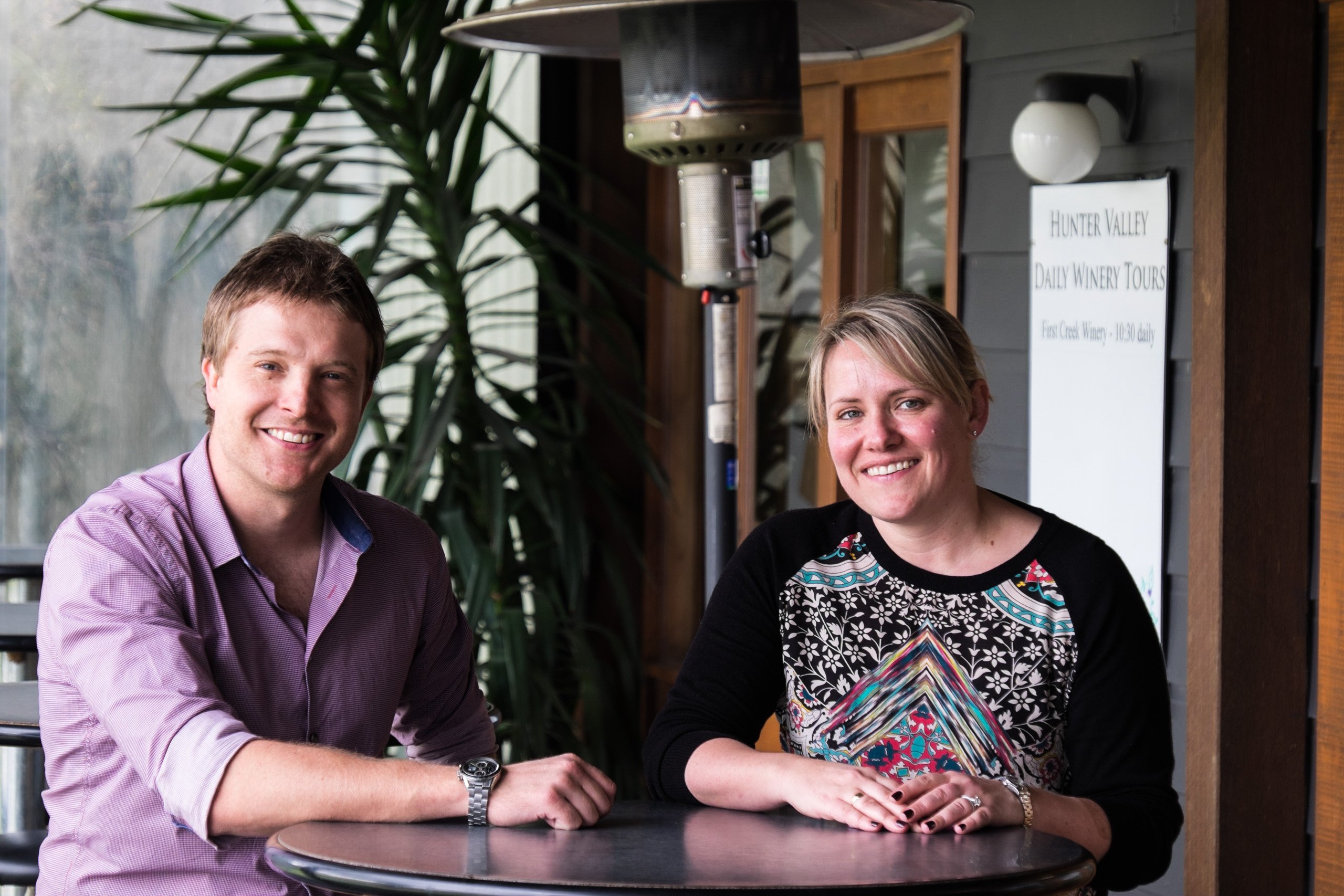

Day two began, unsurprisingly, with a right and a left (and a Brad: “Stay left”). Then we arrived. At least according to the almighty Google maps. The blue dot (us) was on top of the red pin (Silkman Wines). Only there was no Silkman Wine Cellar in sight. A little further up the road, and little further back. No Silkman. It took two sharp Canadians some time to work out that Silkman is made at the First Creek Winemaking Services facilities, owned by Shaun and Liz Silkman. (Note to Brad the navigator: bring itinerary with such relevant details tomorrow.)
The Silkmans own the smartest operation in the valley, a custom crush and bottling facility used by just about every notable operation in the Hunter. What’s that you say? A profitable business within the wine business? That’s right. They make money no matter what. And yet, the lure of making their own wine was too powerful. Perhaps they needed a right off.
Though I suppose, considering the access to great vineyards throughout the Hunter, an A-class facility, and a dynamic duo who cover all of the technical details of winemaking, bottling and marketing (with an eagle-eye view of what everybody else in the Hunter has done wrong, and years of practice with other people’s fruit), it makes sense. The Silkmans launched their first wines in 2013 to great acclaim.
Liz, on the winemaking side, understands intra-regional variation as well as anyone in the Hunter. “Everybody fights for the sandy creek bed,” she tells us, a small slice of the valley that we’ll here much more about in the next 36 hours. “It’s 46ºC in the shade in summer,” she continues. Everyone adds acid. But the best sites [like those flat, sandy old creek bed sites] hold their acids.”
The entry level semillon has the merest pinch of sugar—four to five grams—to round, soften and lift the grape’s shy aromatics from the start. “It’s not sustainable to produce only wines that need five years before they show” chimes in Shaun, the level-headed business side of the team. Dry-farmed Blackberry Vineyard is the Silkman top-shelf semillon, one of those great, sandy sites, which used to make it’s way into Tyrrell’s benchmark Vat 1 Semillon before the Silkmans scooped the contract (in amiable fashion).
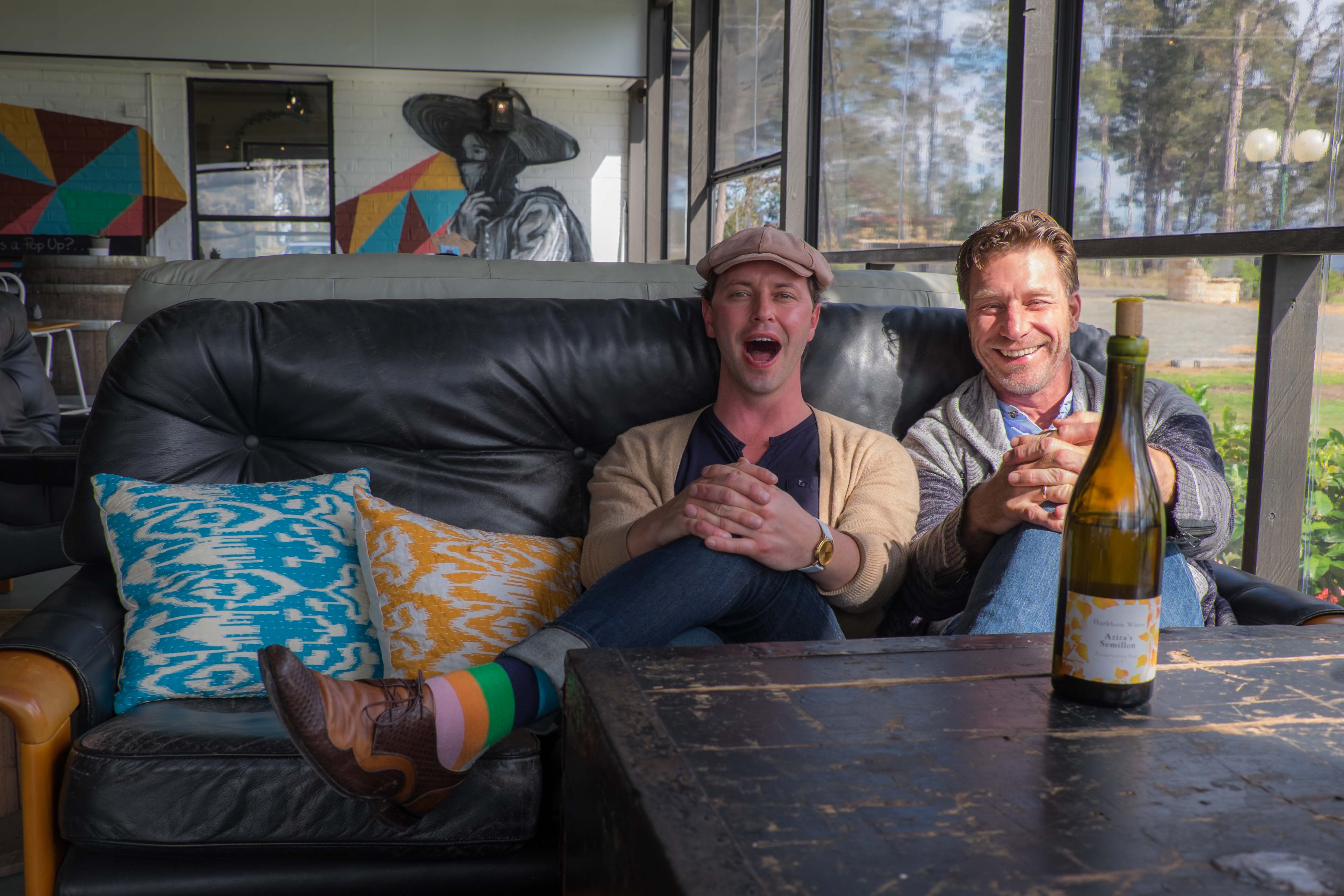

Although Silkman wines were the main object of the hunt, Liz and Shaun open up a few bottles of the
First Creek wines
, another “house label” made from premium Hunter fruit, considered, for the time being a step above the Silkman range. Overall, both show terrific purity and precision, a hallmark of great Hunter semillon. – John SzaboShaun and Liz Silkman, who oversee the operations at First Creek, started Silkman wines in 2013, yanking some of the best grower fruit that passes through the rather large First Creek doors. Tasting with them provided insight into some of the top grower sites in the valley. John and I were curious as to the state of distilled wines in the valley, along with vermouths and sparkling. Shawn and Liz quelled some of this curiosity with their recent vermouth, still in barrel and offering promise. The Hunter is a wealth of natural flowers and herbs and seems a likely spot for aromatized wines, given the wonderful young base wine the valley gives birth to every year. We will look forward to more of these… we hope! -Brad Royale
11:30 – 14:00 Harkham Wine
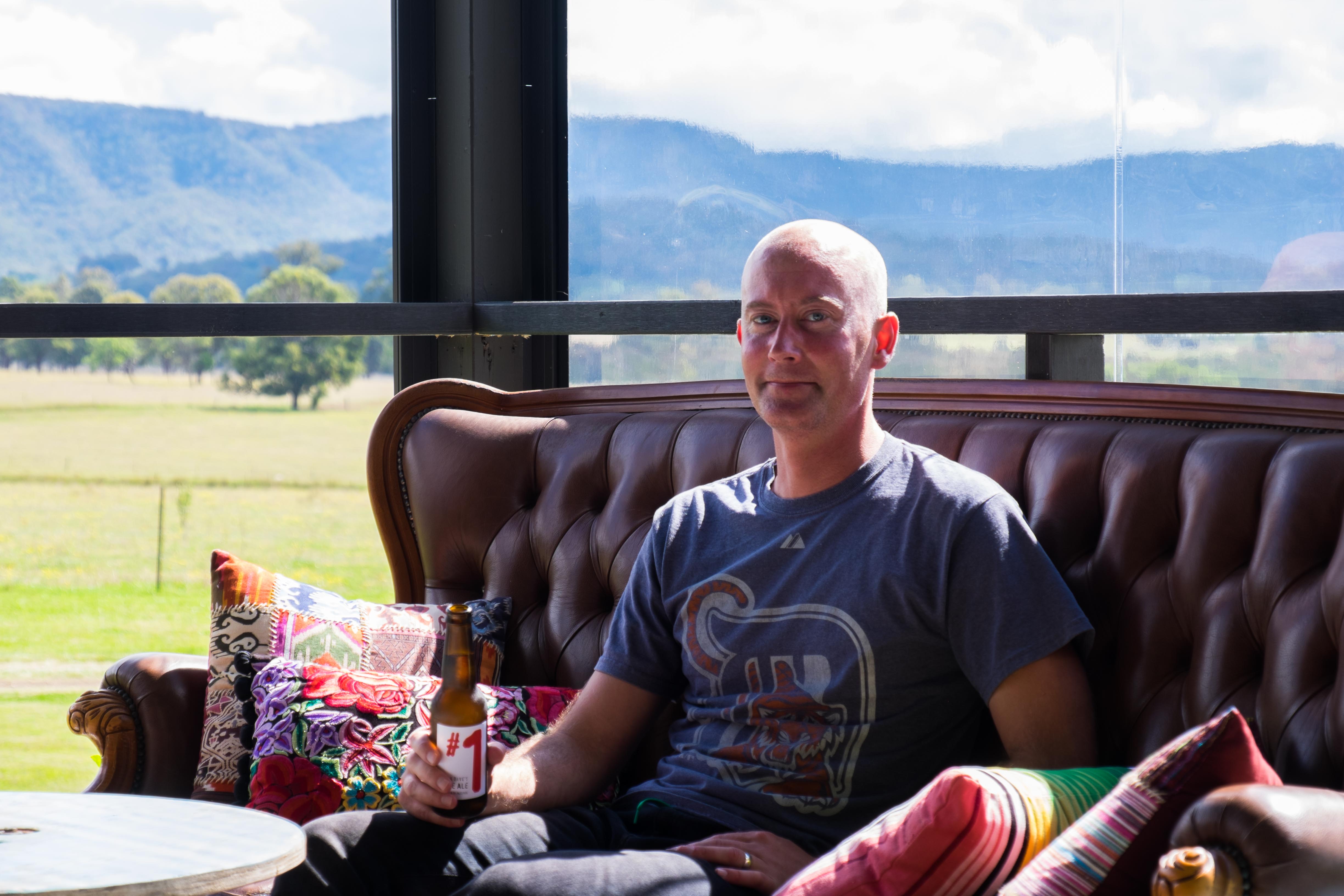

Out of the drive and three left turns later, we arrive at
Harkham Winery
. Richie Harkham is surely the Hunter’s most iconoclastic figure, an outlier in what is often called Australia’s most conservative and traditional wine region. Richie is off in the America’s on our Sunday visit, but we’re welcomed by his winemaker, Jade Collins, a kiwi from Gisborne who did a vintage in Southern Ontario (weird coincidence). Jade greeted us along with former pub-owner-turned-Latino-Pop-Up-Cantina–operator Drew Wallin. The ultra-cool counter-current vibe of the Cellar Door/Cantina—sumptuous leather sofas, rich pastel shades, graffiti-covered walls, greenery, varied groove on the sound system—sets the stage for the wines. The only thing missing is, say, the world’s longest water slide. Apparently we’re a year early; Drew has already drawn up the plans for the Guinness Record breaking slide, planned for next year.
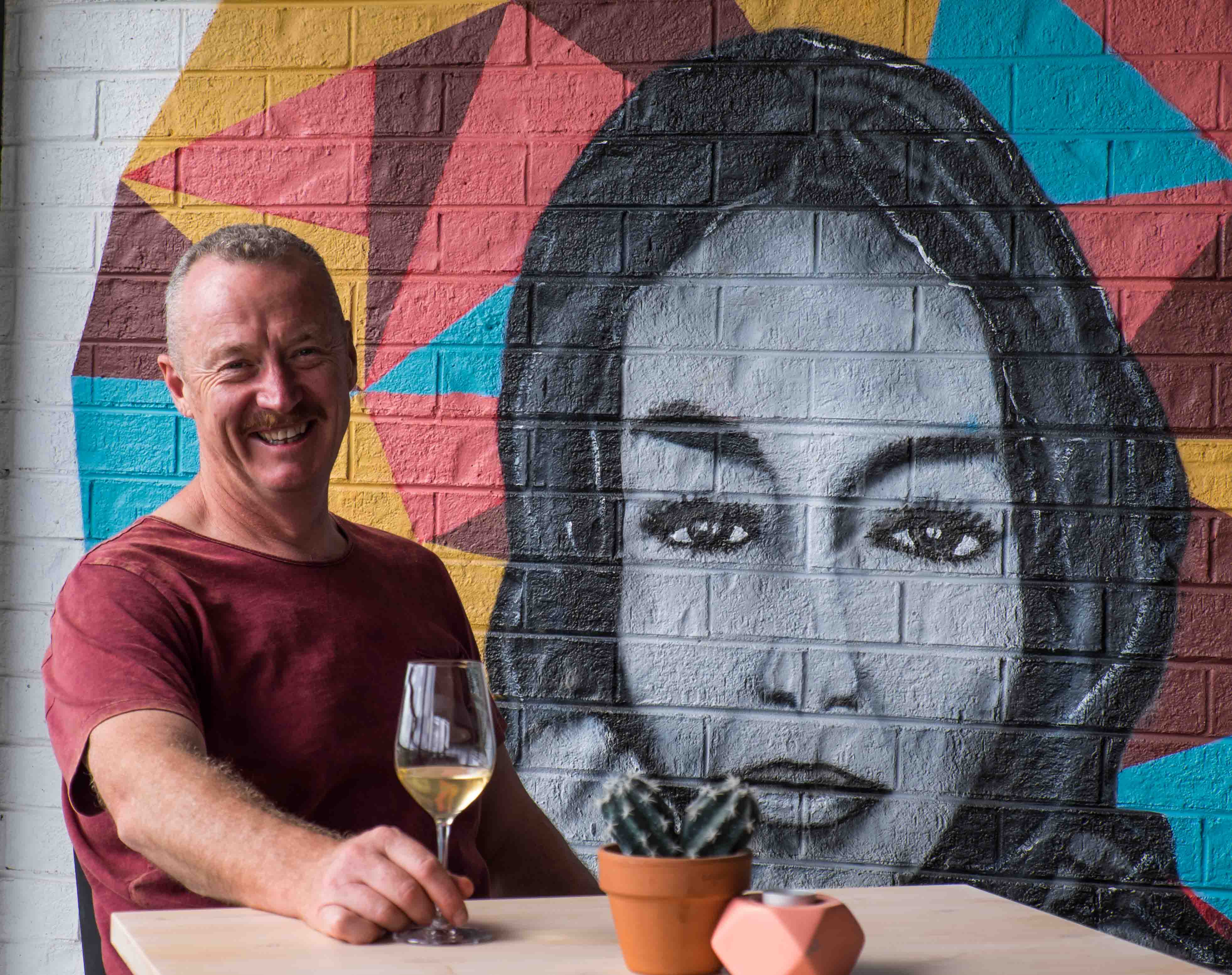

“Hand-picked, natural wines” is the Harkham manifesto. Yes, these are no-sulfite wines and there’s an amphora or two on site. I needn’t dwell on the details, or rather lack of winemaking details. If you’re reading this then you already know. What you might not know is how bloody damned delicious the Harkham semillons are. Of course, they have little to do with traditional Hunter Valley semillon. The ’15 is already fully open and giving, a crazy early-’70s-album-cover kaleidoscope of aromas and flavors in vigorous teenaged prime, while the rest are still crying in their cribs. This is not one of those apple cidery, dangerous-biological-experiment sort of natural wines. It’s oxidative to be sure, but pure, driving, saline, savory and succulent, the kind of wine that makes you long for another sip, like that irresistible can of Pringles (only better for you). But does it have anything to do with the Hunter Valley semillon? Is it the essence of Hunter semillon, or an aberration? These questions, and many more, haunt Brad and in the end we decided… well, wait and see. —John Szabo
From Silkman we hauled over three lefts (despite only three lefts still managed to get lost) to Harkham, where the focus was on unsulfured wines matured in barrel and amphora. If trying to decipher between young Semillon was a challenge, this was even further removed from the easy assessment. Turbid and full of phenolics, these wines see full malolactic fermentation, skin contact and long aging regimes (long for the Hunter, with a whopping six months). While the wines pulled far left of the regular Hunter route they spoke of real place and time, with the semillon showing in a new hazy light. Aromas of olive, orange oils, cherry and sherbet were spread all through the aroma and palate. A twist on the old Hunter semillon, but something John and I would like to see more of. A killer lunch of guacamole and ribs was provided by the newly opened Pop-Up restaurant, perfect with the wines. —Brad Royale
14:30 – 16:00 Andrew Thomas
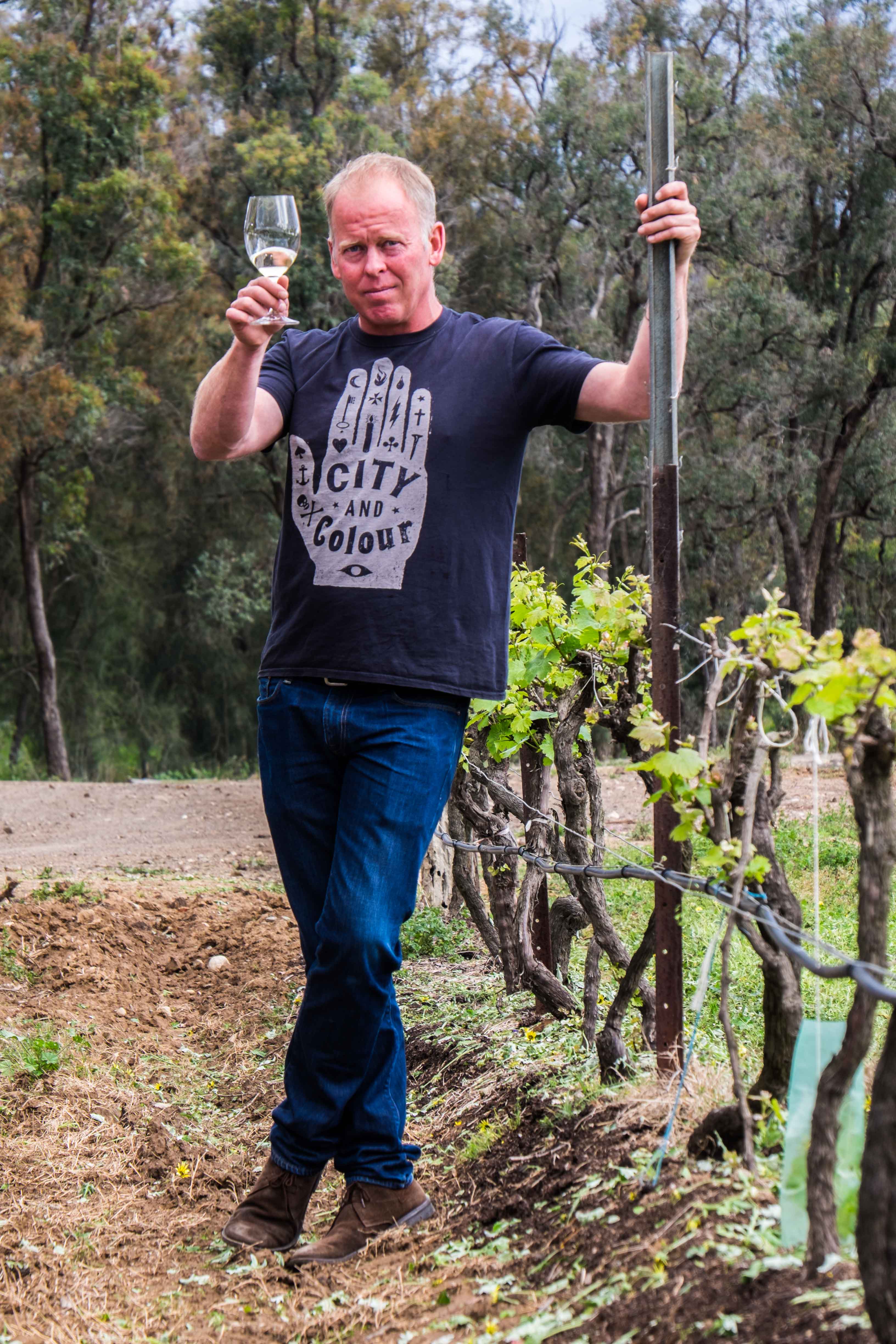

Brad: “Right, right, left. Easy.” But this time, not even the itinerary would have helped us find
Andrew Thomas
. “I sort of fly below the radar,” he tells us after we’ve finally given up our futile search along the auspiciously named Hermitage Road, and ring him up for directions. (Of course, he had kindly sent us a text explaining his secretive, unsigned location, but that was to the Wine Australia–supplied cellphone, which was still in the zip-locked bag in the back seat under a pile of useless papers, and whose very existence we overlooked until we got back to Sydney and emptied the car.)No matter, the welcome from Thomas (better known as “Thommo”) and his Sydney sommelier girlfriend Kim was Hunter Valley warm, one of those moments when you meet a stranger and you know immediately that you’re simpatico. Wine & Spirits senior editor Luke Sykora rolled up, a day earlier than expected according to our itinerary, though perfectly on time according to Sykora. After some initial rinse bouches (very good ones), we got down to some very serious semillon tasting. Thommo had lined up a ten-vintage vertical of his top Braemore Vineyard semillon. But there’s nothing like a quick visit to the vineyard first to see and inhale the place, kick the dirt, feel the breeze, watch how the sun arcs over the vines. A three-minute drive down Hermitage brings us to Braemore, a site planted in 1969 on that rapidly-turning-famous strip of sandy creek bed. Thommo calls it the “Chassagne-Montrachet” of the Hunter.
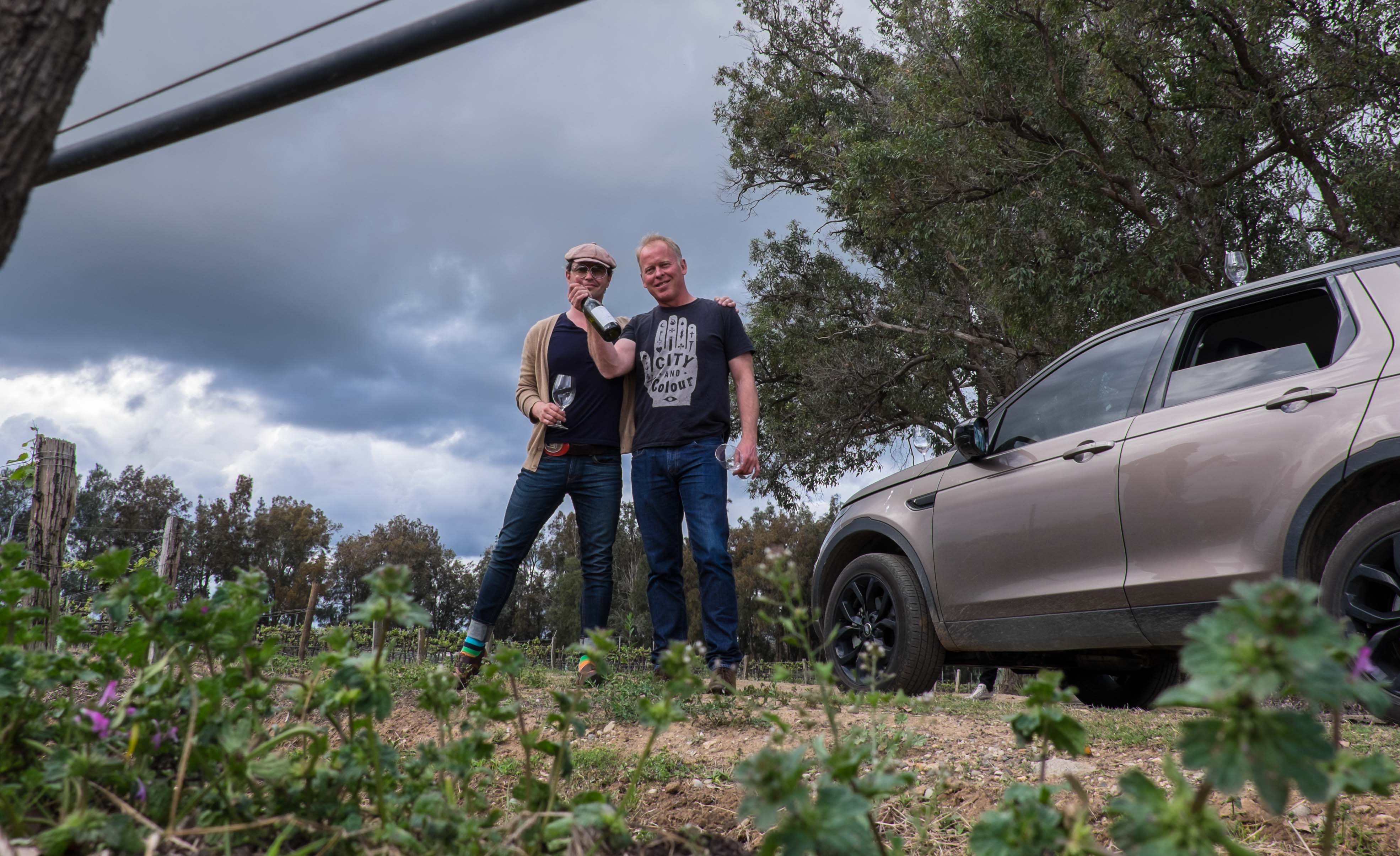

If Hunter semillon were judged by the drama of it’s vineyards, the way, for example, you can look at the Mosel’s ludicrously steep Ürziger Würtzgarten and intuitively know that great wine must come from there, then you’ll be disappointed. Braemore, like all of the Hunter’s top semillon vineyards, is visually unremarkable. It’s dead flat. There are no radically rocky outcrops, no fractured slate or limestone, in fact, almost no stones at all. It’s just sand and silt. Plain old dirt. Fortunately, semillon is judged by what’s in the glass, and sites like this are the Hunter’s best for the pure, refined, delicate and supremely age-worthy style we call classic.
The tasting shows not only the consistency of the vineyard, but the inconsistency of Hunter Valley vintages: wet years, dry years, cool and hot. There’s substantial variation. 2012 and ’08 are clearly cool, lean years; ’14 and ’07 are rich and powerful; ’13 and ’06—Thomas’ favorites—fall somewhere happily in the middle. The tasting also shows the clear evolutionary curve of Hunter semillon over time. It takes at least five to six years for that marvelous hot-buttered-toast flavor to awaken, peaking closer to 10 or 15 years. Wines often shut down somewhere between the year after bottling and the five to six year re-emergence, what they call down here the “two year dip” (give or take).
The tasting ends in typical Aussie fashion, which is to say with a cold beer and a kangaroo sighting in the bush as the sun is setting over Chassagne. —John Szabo
Andrew Thomas, colloquially known as Thommo by everyone far and wide, has just seen his 30th harvest and knows the valley left to right…and left, left, right…and right, right, left…and well, you know. Wine and Spirits Editor-On-The-Ground Luke Sykora joined us, adding in valuable tasting notes—and insight into our competitor teams, although not as much as we would have liked…Way to keep it tied up Luke. We were shown a brilliant vertical of his Braemare vineyard, a sandy loam vineyard tucked into what he calls the “Chassagne Montrachet” of the valley. Amazing continuity between the vintages, owning up to Thommo’s mad skills with harvests. An awesome insight into the past 15 years of Hunter semillon. The tasting was finished with a good round (or two) of beers and splashes of rum…perfect. – Brad Royale
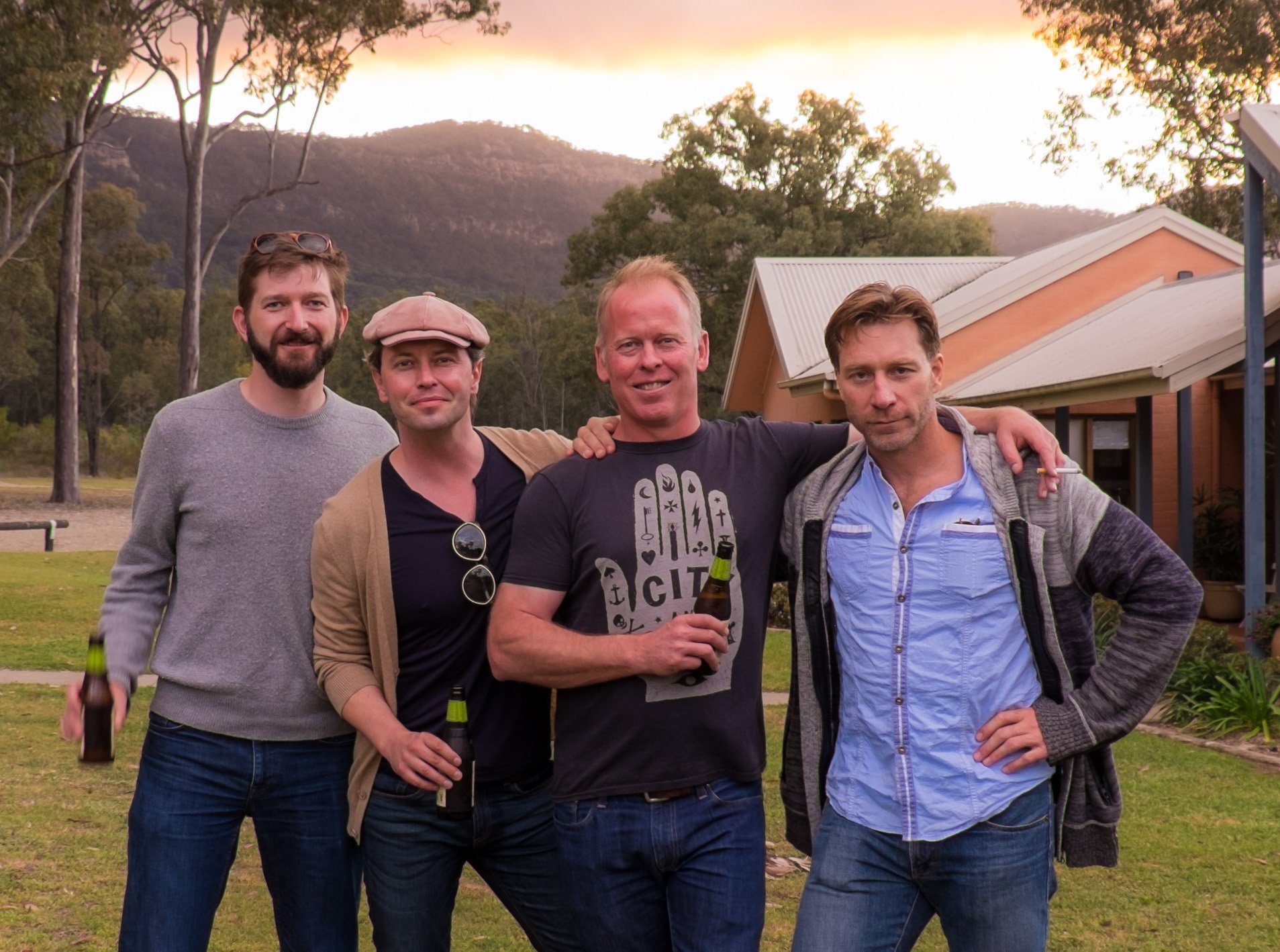

Dinner, Circa 1876
We dine at a celebrated local restaurant,
Circa 1876
, with reservations arranged for us by Thommo. On a darker note, we experience Hunter Valley shiraz from the dark era—1990s to 2000s—when everyone was chasing Barossa. Our 2004 is as dead as a dingo on the grill of an outback pickup, all raisined fruit and hard, splitting at the seams, with obvious acid out of a bag. Hunter shiraz has since (from about 2009 on) taken a U-turn back to its lovely mid-weight self, but that is another story altogether. —John SzaboWe found ourselves at Circa 1876 for dinner where a giant slab of beef soothed our white washed gums. Our exploration into the wine list proved that while Hunter semillon is sometimes too predictable, the reds can be incredibly varied…our choices did not reflect the talent at the table…everyone has to lose sometimes. The staff was incredibly supportive of our poor decisions, bringing us a fresh bottle to make sure the beef was satisfied. A quick grappa and then back to the house, where an ever-growing mountain of semillon waited for us to re-taste…again. —Brad Royale
This story appears in the print issue of jan 2019.
Like what you read? Subscribe today.















